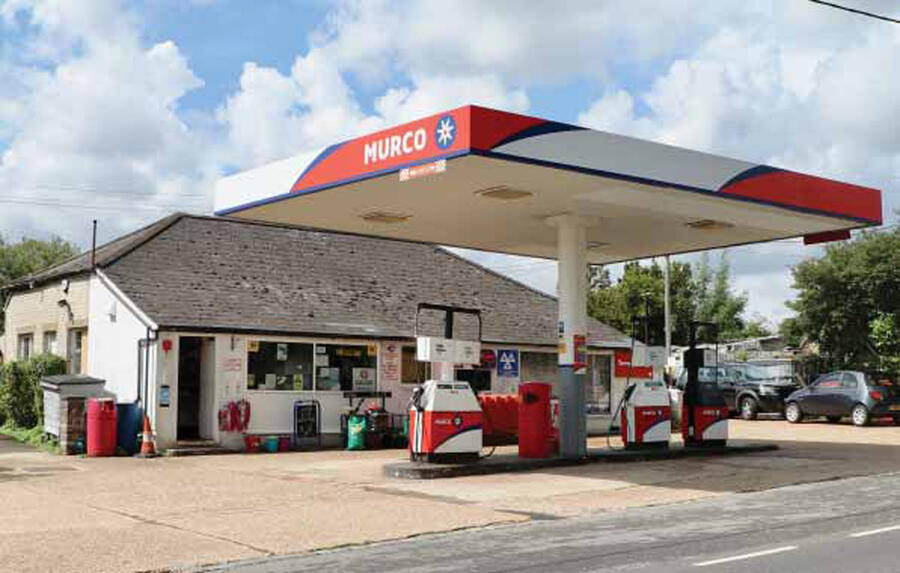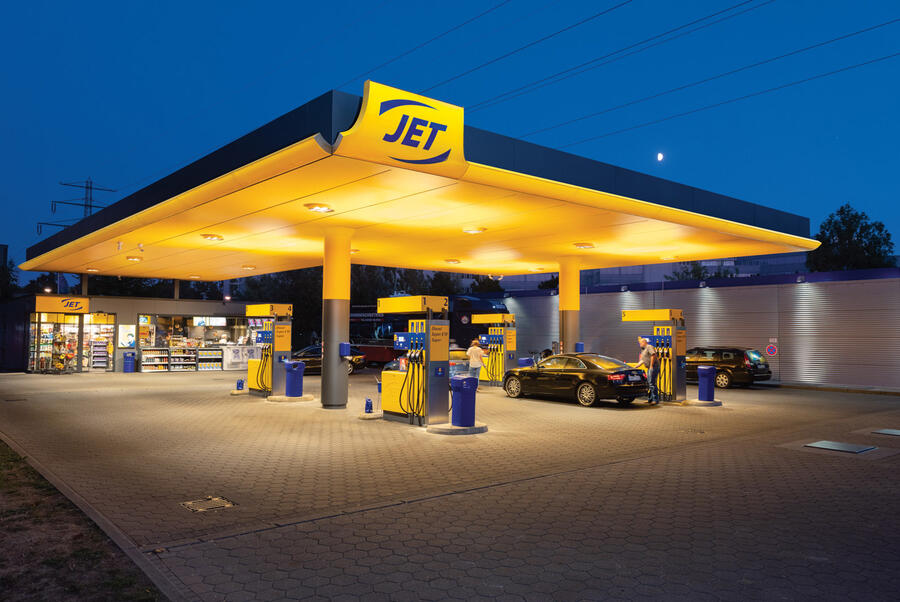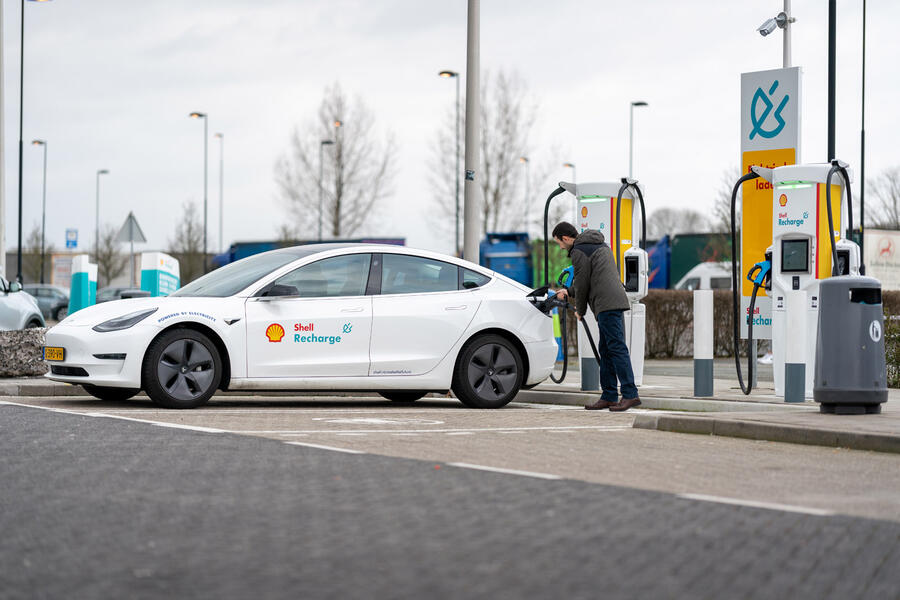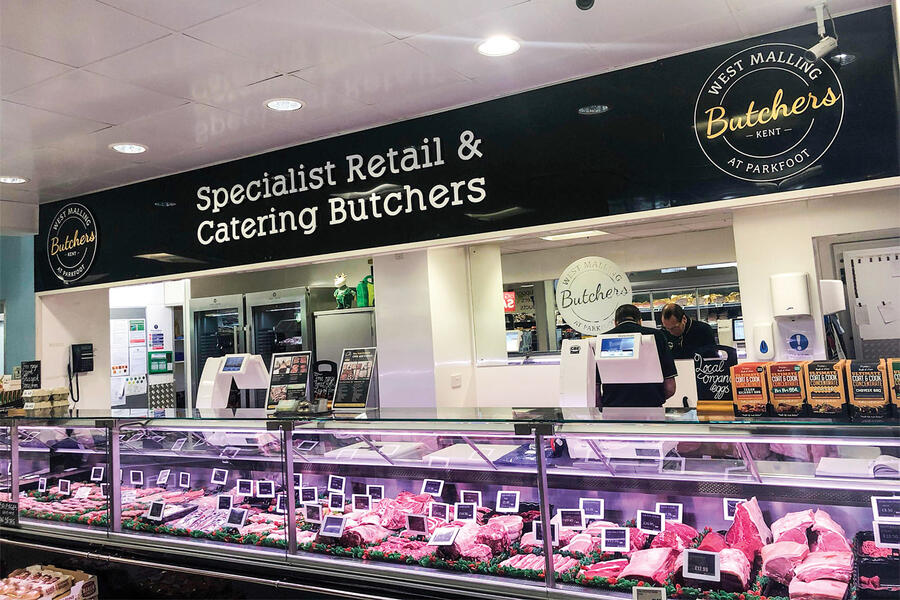The year is 2035. You’re driving a brand new electric car and you glide into a nearby forecourt. What does it look like? If it’s a large chain establishment, you can expect to be greeted by a fleet of chargers, a small supermarket store and a large car park. But if it’s a smaller, independent forecourt, especially in a rural area, the scene will be different. In fact, it might not exist at all.
At first bite, this sounds melodramatic. Historically, petrol stations have been struggling for several years. From a peak of around 35,000 in 1980, there are now just over 8000, according to the latest figures from the Petrol Retailers Association (PRA).
The pandemic directly caused around 100 stations to pause sales last year. As of 2019, 70% of independent filling stations that were operating in 2000 have shut their doors permanently.
But according to Gordon Balmer, the commercial manager for the PRA, many of those forecourts that survived the pandemic have not just survived but thrived. “Before the pandemic, the cumulative average growth rate [for convenience retail] was about 4% year on year,” he says. “The pandemic has actually accelerated it: it went up last year to around 6%.”

Lockdown rules forced consumers to shop more locally, and with more and more forecourts now offering what Balmer describes as “world class” food and retail facilities – including one Scottish station that even offers a cigar tasting service – the pandemic created something of a perfect storm.
“We’re a world away from mouldy sausage rolls,” Balmer says. “When people have gone to their fuel station to buy food, they’ve found that they’ve not only got what they want, but they’ve got it at a good price. Our members have done extremely well.”
Petrol stations have been supplementing pressured fuel sales with retail arms for many years, but as a rule, those with the most developed retail offerings tend to be larger brands. Smaller, rural stations have tended to struggle to provide the same services. David Charman, owner of an award-winning rural forecourt in Parkfoot, Kent, says: “The loss of fuel sales puts an awful lot of pressure on particularly small rural forecourts. The Tesco Expresses of this world are much better set up to deal with convenience than the small rural store.”
Another major challenge faces the owners of small and rural stations: electrification. The global push towards replacing fossil fuels with electricity has caused problems with adapting this new focus to a winning business model, particularly for rural forecourts. There are issues with logistics and, relatedly, cost, not to mention technology, and Charman doesn’t gloss over these.
“Put frankly,” he says, “I think there’s no possibility of rural service stations becoming charge hubs for electric cars. You’ve got to go where the electricity is, not where the petrol station is, because there are cars now that require 270kVa of equipment to fastcharge or super-fast-charge really, really quickly. And certainly 150kVa is becoming the norm. Realistically, few petrol stations have that kind of capacity of electricity available. They can’t reinvent themselves to where the industry is going.”


